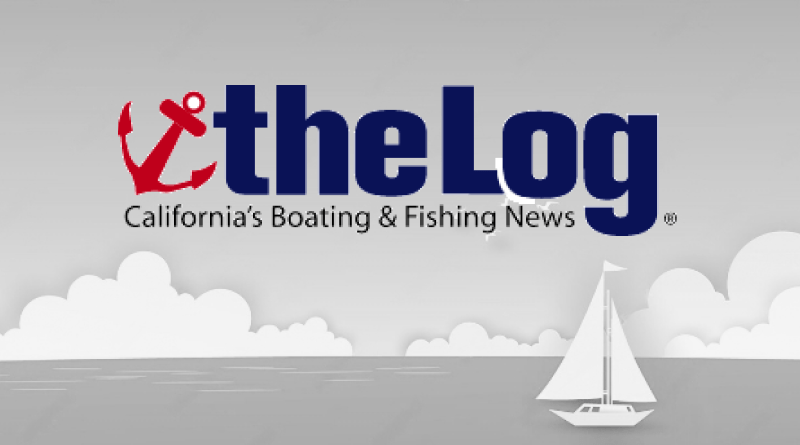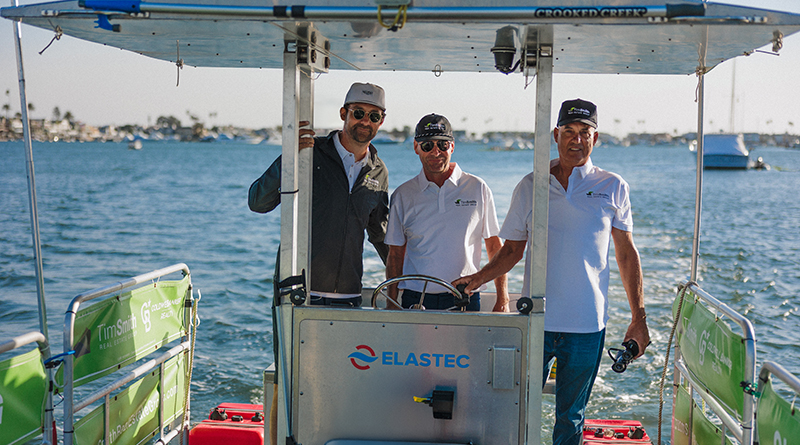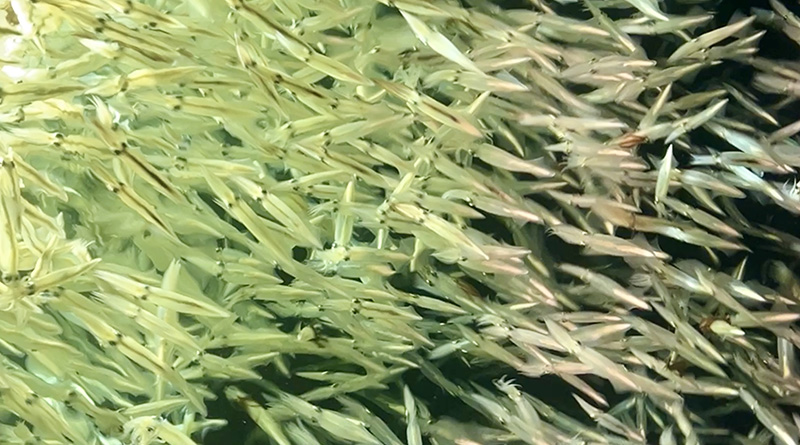The National Marine Fisheries Service published a notice announcing its intent to establish a team to reduce Pacific humpback whale entanglements in fishing gear. The Service committed to forming a team by Oct. 31, 2025, under a legal agreement with the Center for Biological Diversity (the Center).
“Fishing gear entanglements regularly injure and kill Pacific humpbacks. This team offers a glimmer of hope for change,” said Kristen Monsell, oceans legal director at the Center, in a news release. “Humpbacks cycle nutrients that feed fish, delight whale-watchers and intrinsically improve the oceans. A dedicated team could keep these endangered whales from starving, suffering and dying in fishing gear. It can’t start soon enough.”
In March, a federal court ruled in favor of the Center in a lawsuit challenging the Fisheries Service’s failure to protect endangered Pacific humpback whales from deadly entanglements in sablefish pot gear off California, Oregon, and Washington coasts. U.S. District Court Judge James Donato said the Service “cannot indefinitely delay developing a take reduction plan while continuing to authorize… permits for the incidental take of endangered and threatened humpback whales.”
Under the Marine Mammal Protection Act, commercial fisheries that occasionally or frequently kill or seriously injure endangered marine mammals must have a negligible impact on the species or population to qualify for an “incidental take” permit.
In 2021, the Service found a 400 percent increase in humpback mortality and severe injury from human activities since 2018.
According to agency estimates, the sablefish fishery kills or seriously injures at least one humpback whale annually. On average, about 25 humpback whales are entangled annually off the U.S. West Coast, and more than half the entanglements are not traced to a specific fishery. The sablefish fishery uses 2-mile-long strings of 30 to 50 pots.
To make all fishing safer, the Center proposed that the Service require fisheries that use pot gear to convert to new ropeless or “pop-up” gear within the next five years. The petition urges the agency to prioritize this transition in national marine sanctuaries.
“Pop gear” in fishing refers to a specific type of fishing tackle or gear used to attract fish and improve the chances of catching them. It is commonly used in trolling, a fishing technique where the angler drags fishing lines through the water while moving a boat slowly. The boat’s movement causes the fishing tackle to create enticing movements and vibrations in the water, attracting fish to the bait or lure.
Pop gear is specifically designed to help prevent whale entanglement, particularly in the context of commercial and recreational salmon fisheries in areas where whales are present. Pop gear, in this context, is intended to mitigate the risk of entanglement by featuring brightly colored, buoyant, and easily visible components such as the spinning blades and beads. This high visibility allows whales to detect the fishing gear more efficiently, reducing the likelihood of accidental entanglement. Additionally, pop gear setups often use weaker line attachments or breakaway components, making it easier for whales to break free if they do come into contact with the gear. This design reduces the risk of a prolonged and harmful entanglement.
Most trap and pot fisheries use static vertical lines that can wrap around whales’ mouths, fins, or tails, wounding them and depleting their energy, often drowning them as they drag heavy traps and rope. Pop-up traps use bags or buoys on coiled ropes triggered by remote or time-release sensors to float the traps to the surface, eliminating static entangling lines.







